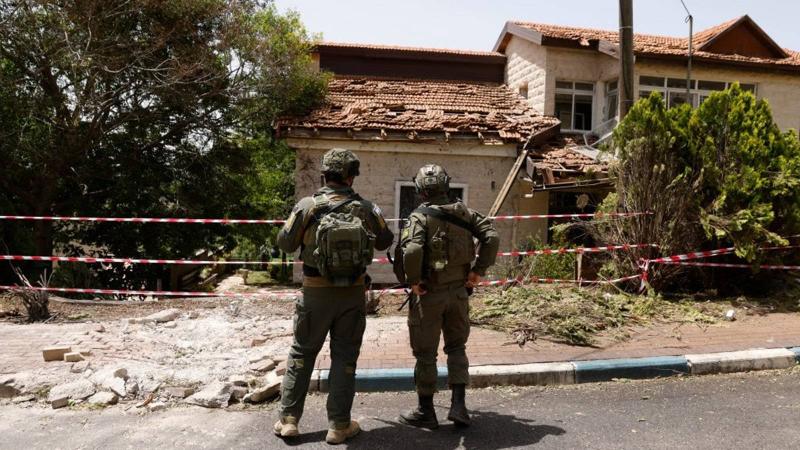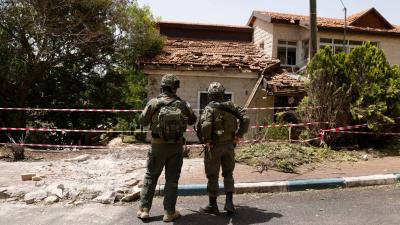The expression used by Hezbollah to describe its military operations in southern Lebanon is that they constitute a support front for the resistance. Initially, it spoke of the unity of resistance fronts, but over time it discovered that the calculations of each front and each faction differ according to their social, political, and geographical realities, all of which differ from the calculations of the Iranian state and its regional ambitions.
In truth, discussing the establishment of a military support front for the resistance is essential, but it must be within the framework of an awareness of the diversity of arenas and their differing calculations, rather than their unity and alignment, as evidenced in practical reality. The problem remains that Hezbollah, the Palestinian resistance, and Iran have succeeded to varying degrees in building a military system capable of military resilience, but they exhibit significant weakness in political presence and international influence.
The existence of a group on the Arab and regional scene, regardless of its mistakes, that resists Israeli settlement occupation in exchange for rejecting a fair peace settlement and for the killing of unarmed civilians has exerted pressure on the occupying state economically, politically, and militarily. It is true that there is a much heavier price paid on the other side, namely in Palestine and Lebanon, attributed in part to the disparity in military and technological capabilities between the occupying army and both Hamas and Hezbollah, as well as Iran, but also to the absence of a "political support front" supporting them on the global level.
What the armed resistance needs is a "political support front," not just military assistance, as Hezbollah claims. This could be fulfilled by Arab, regional, or international parties rather than by them, aiming to stop the war and launch a peace settlement process.
It is indeed rare to find a resistance movement like Hamas whose political wing leaders are unable to accurately communicate with their military wing and plan together for a military operation as significant as that of October 7, the details and timing of which were not known to the leaders of the political wing, including the late martyr Ismail Haniya. Even the demonstrations in support of the Palestinian people bear no relation to the leaders of Hamas's political movement, contrary to the experiences of national liberation movements whose political leaders had a presence worldwide, from the Palestine Liberation Organization, through the Algerian Liberation Front, to the African National Congress, which provided the inspiring example of leader Nelson Mandela in this organic intersection between the political and military spheres, famously stating, "Unite, prepare and fight, for between the anvil of popular movement and the hammer of armed resistance we shall crush apartheid," which indeed occurred.
It has hardly ever happened with any resistance movement that military leaders were left to independently decide political and strategic choices without their political leaders, except with Hamas. Deterring any occupying state, including, of course, Israel, requires intertwined military and political actions, and there must always be a local and international political cover for any resistant action.




